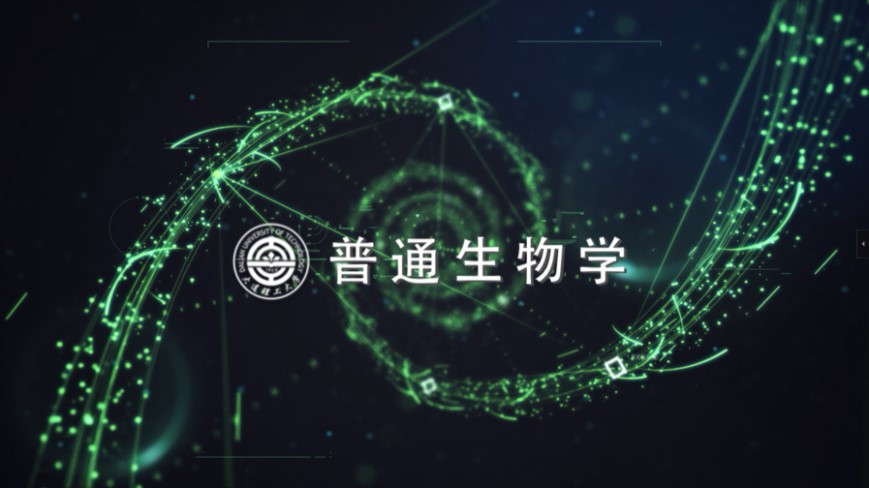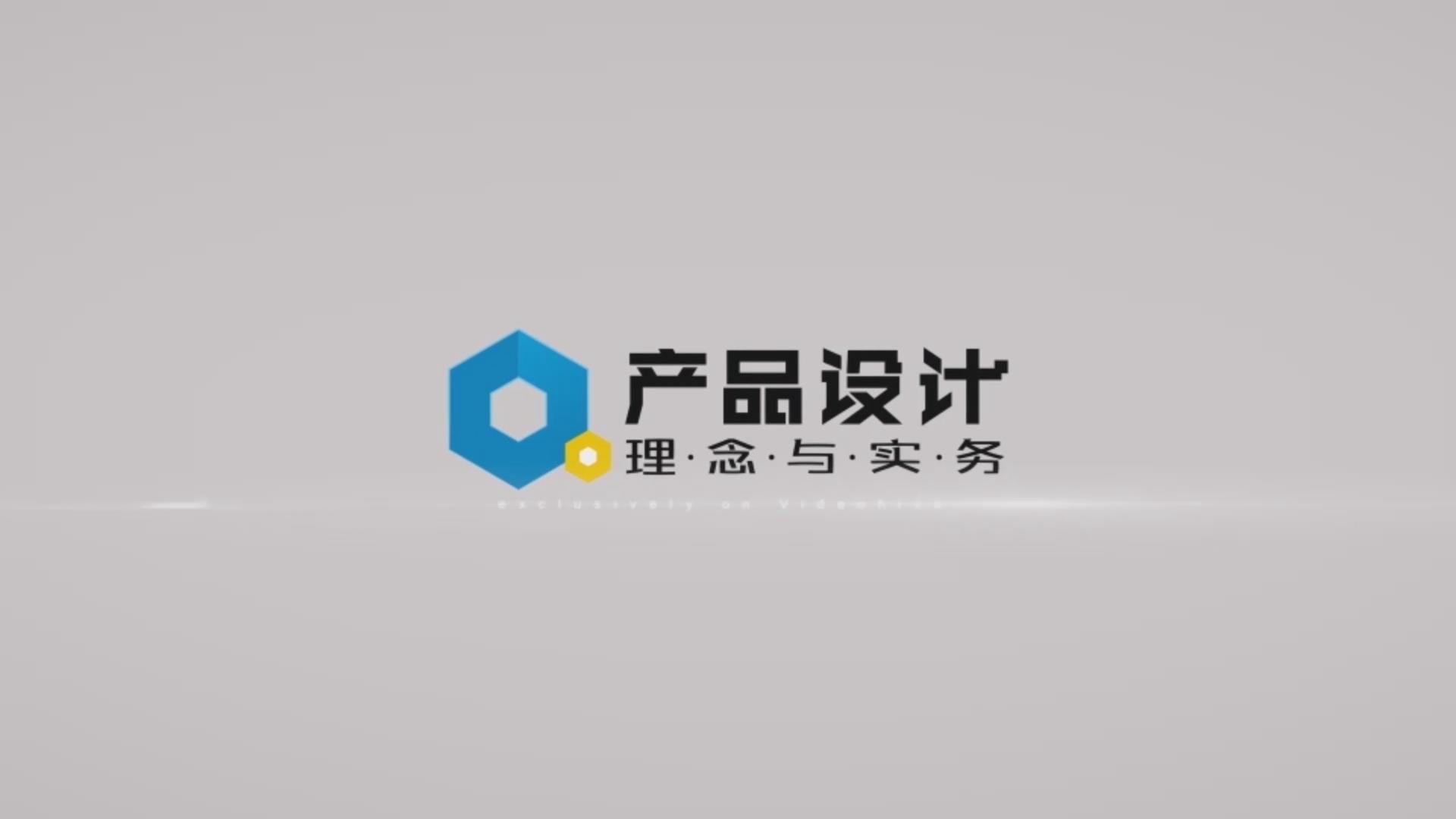
当前课程知识点:Introduction to E-Commerce > Chapter 6 E-commerce Logistics > 6.1 Overview of Logistics > 6.1.5 Suggested Answers
返回《Introduction to E-Commerce》慕课在线视频课程列表
1. What are the tips for the success of Wal-Mart in logistics?
1)An important feature of Wal-Mart’s logistics infrastructure was its fast and responsive transportation system.Fast, responsive transportation operations are such a major part of the company’s successful logistics system.
2)To make its distribution process more efficient, Wal-Mart also made use of a logistics technique known as ‘cross-docking.
3)Another reason that Wal-Mart’s prices are so competitive is because they buy in such large quantities that transportation from one end of the supply chain to another is not as expensive for additional units. This aspect of the logistical system does not come from skill or expertise it simply comes from the sheer size of the company, but this is still a factor. On the other hand, the Wal-Mart buys so many supplies from different places throughout the world, that they have the luxury of using bigger trucks and using less fuel to go back and forth. Also if by chance they have to use shipping services to transport material from one location to another, Wal-Mart will give them so much business that they will get huge discounts.
On the whole, the logistical system that Wal-Mart uses is so effective because it is so flexible. This is why Wal-Mart is able to offer things much cheaper than other companies can.
2. What positive effects has Wal-Mart's logistics management had on the development of retail logistics?
1)It gets positive effects from cross-docking. In this method of cross docking, the exact information about where the necessary good should be shipped and from where it should be procured and exact quantity which will be sent was necessary. This method of cross docking has allowed the company to ship directly the goods, necessary retail clients, not storing them in warehouse bins or shelves. Opportunistic cross docking could also be used when the warehouse software of management installed by the retailer, has set ready it, that the specific product was ready to moving and could be moved immediately.
2)Distributor Cross docking– In this type of cross docking, the manufacturer has delivered the goods to directly to retailer. No intermediaries have been involved in this process. It has allowed the retailer to save a major portion of the expenses in the form of storage. As the retailer should not support the distribution center for storage various kinds of the goods, he has helped it to save warehouse costs. The lead time for the delivery of goods from the manufacturer to the consumer was also drastically reduced. However, this method had some disadvantages too. Expenses of transportation both for the manufacturer and for the retailer tended to increase during time when the goods have been required to be transported to different locations several times. Besides, the transportation system should be very fast. Otherwise, the purpose of cross docking has been lost.
返回《Introduction to E-Commerce》慕课在线视频列表
-1.1 Concept of E-commerce
--1.1.4 Homework
-1.2 E-commerce and Traditional Commerce
--1.2.1 E-commerce and Traditional Commerce
--1.2.4 Homework
-1.3 Emergence and Development of E-commerce
--1.3.1 Emergence and Development of E-commerce
--1.3.4 Homework
-Unit1 Test
--Test
-2.1 Framework of E-commerce
--2.1.1 Framework of E-commerce
--2.1.4 Homework
-2.2 B2B E-commerce Model
--2.2.4 Homework
-2.3 B2C E-commerce Model
--2.3.4 Homework
-2.4 C2C E-commerce Model
--2.4.4 Homework
-2.5 Innovation of E-commerce Models
--2.5.1 Innovation of E-commerce Models
--2.5.4 Homework
-Unit 2 Test
--Test
-3.1 Overview of E-commerce Security
--3.1.1 Overview of E-commerce Security
--3.1.4 Homework
-3.2 Network Security(1)
--3.2.4 Homework
-3.3 Network Security(2)
--3.3.4 Homework
-3.4 Transaction Security(1)
--3.4.1 Transaction Security(1)
--3.4.4 Homework
-3.5 Transaction Security(2)
--3.5.1 Transaction Security(2)
--3.5.4 Homework
-3.6 E-commerce Security Protocol
--3.6.1 E-commerce Security Protocol
--3.6.4 Homework
-Unit 3 Test
--Test
-4.1 Overview of Internet Marketing
--4.1.1 Overview of Internet Marketing
--4.1.4 Homework
-4.2 Internet Marketing Methods(1)
--4.2.1 Internet Marketing Methods(1)
--4.2.4 Homework
-4.3 Internet Marketing Methods(2)
--4.3.1 Internet Marketing Methods(2)
--4.3.4 Homework
-4.4 Internet Marketing Strategy(1)
--4.4.1 Internet Marketing Strategy(1)
--4.4.4 Homework
-4.5 Internet Marketing Strategy(2)
--4.5.1 Internet Marketing Strategy(2)
--4.5.4 Homework
-Unit 4 Test
--Test
-5.1 E-payment
--5.1.4 Homework
-5.2 E-money
--5.2.4 Homework
-5.3 Third party payment
--5.3.4 Homework
-5.4 E-payment System and Online Banking
--5.4.1 E-payment System and Online Banking
--5.4.4 Homework
-Unit 5 Test
--Test
-6.1 Overview of Logistics
--6.1.4 Homework
-6.2 Overview of E-commerce Logistics
--6.2.1 Overview of E-commerce Logistics
--6.2.4 Homework
-6.3 E-commerce Distribution
--6.3.1 E-commerce Distribution
--6.3.4 Homework
-6.4 Automatic Identification Technology
--6.4.1 Automatic Identification Technology
--6.4.4 Homework
-6.5 Intelligent Logistics
--6.5.4 Homework
-Unit 6 Test
--Test
-7.1 Overview of Supply Chain Management
--7.1.1 Overview of Supply Chain Management
--7.1.4 Homework
-7.2 Supply Chain Management Strategy
--7.2.1 Supply Chain Management Strategy
--7.2.4 Homework
-7.3 The Development Trend of SCM
--7.3.1 The Development Trend of SCM
--7.3.4 Homework
-Unit 7 Test
--Test
-8.1 Overview of Mobile Commerce
--8.1.1 Overview of Mobile Commerce
--8.1.4 Homework
-8.2 Related Technologies of Mobile Commerce
--8.2.1 Related Technologies of Mobile Commerce
--8.2.4 Homework
-8.3 Applications/Uses of M-commerce
--8.3.1 Applications/Uses of M-commerce
--8.3.4 Homework
-Unit 8 Test
--Test
-9.1 Overview of the Legal Environment of E-commerce
--9.1.1 Overview of the Legal Environment of E-commerce
--9.1.4 Homework
-9.2 Legal Regulations for E-commerce Transactions
--9.2.1 Legal Regulations for E-commerce Transactions
--9.2.4 Homework
-Unit 9 Test
--Test
-10.1 E-commerce Development Trend
-10.4 Homework
-Unit 10 Test



